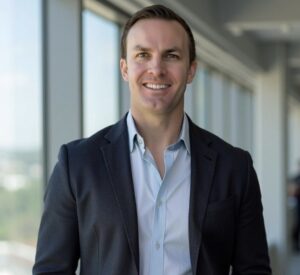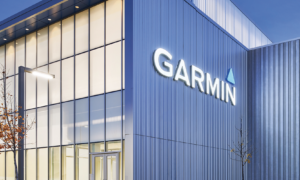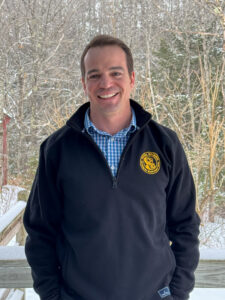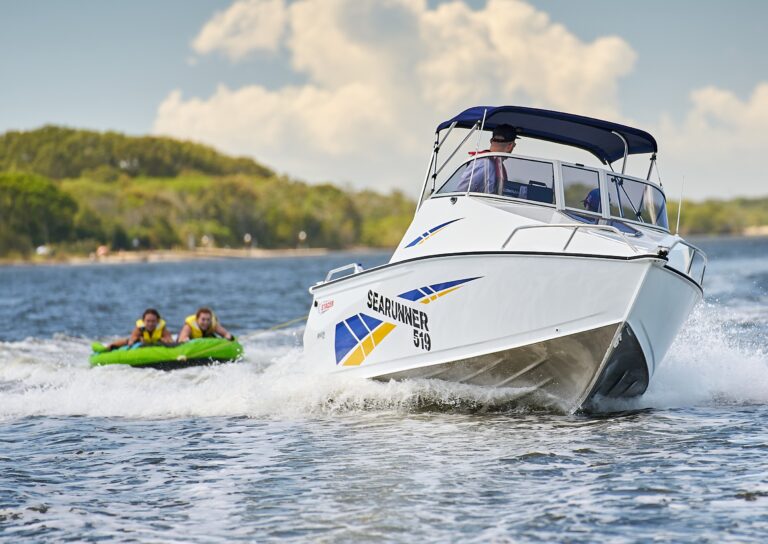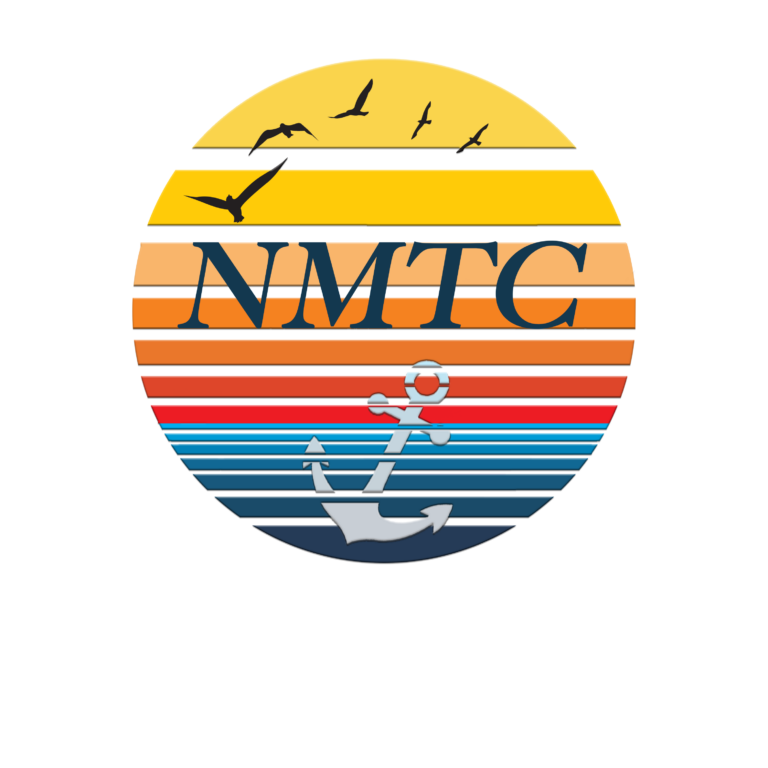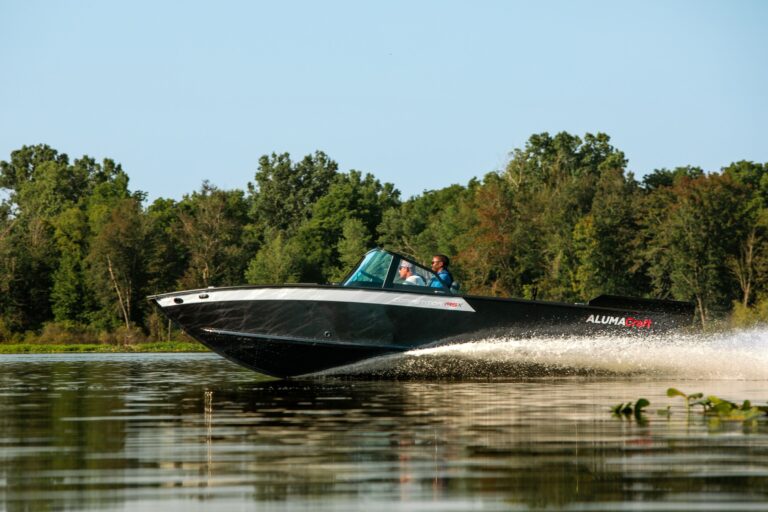Brunswick Corp. is recovering from the Great Recession, but the driver of the turnaround is not the 45-foot Sea Ray that CEO Dustan McCoy takes out on the Ohio River on weekends in Kentucky.
In a sign that Americans are still hesitant to spend lavishly, the pontoon is driving the company’s shift in boat sales. Sales of pontoons, which sell from $15,000 to $70,000 for new models, are back to where they were prior to the recession.
Other products in Brunswick’s lineup, such as aluminum fishing craft, aren’t far behind, and the Lake Forest, Ill.-based company is expanding the production of its high-end yachts, which cost upward of $3 million.
Altogether, sales still are below their pre-recession peak. But here and there Brunswick is hiring again.
“The market is in a very nice recovery. But it’s a recovery unlike anything we’ve seen before and it’s very uneven,” McCoy told Crain’s Chicago Business Journal. “The trick for us is making sure we’re participating well in the recovery. We are prepared to participate well in those [segments] that are recovering and we’re quite relaxed about that.”
Brunswick stock closed at $52.77 a share on July 17, not far from its all-time high in February and more than 25 times its low of $2.01 in late 2008.
Recreational boats are “a highly discretionary product — it does depend on further wealth creation, and therefore is somewhat dependent on the stock market and home values,” said Craig Kennison, an analyst at Robert W. Baird in Milwaukee.
After losing more than $780 million between 2008 and 2010, Brunswick swung back to a profit four years ago. Last year, adjusted net income totaled $230 million, down slightly from 2013. Revenue increased 6.6 percent last year, to $3.8 billion.
The company said sales should climb at least 6 percent this year. Analysts forecast that Brunswick’s sales will rise 7.5 percent, to $4.13 billion in 2015, with net income increasing 17 percent, to $268.4 million, according to Bloomberg data.
At the end of 2005 the company had 27,500 employees. At the end of last year it had 12,165.
“We made a bunch of very hard decisions” to get to a lower cost structure, McCoy said.



